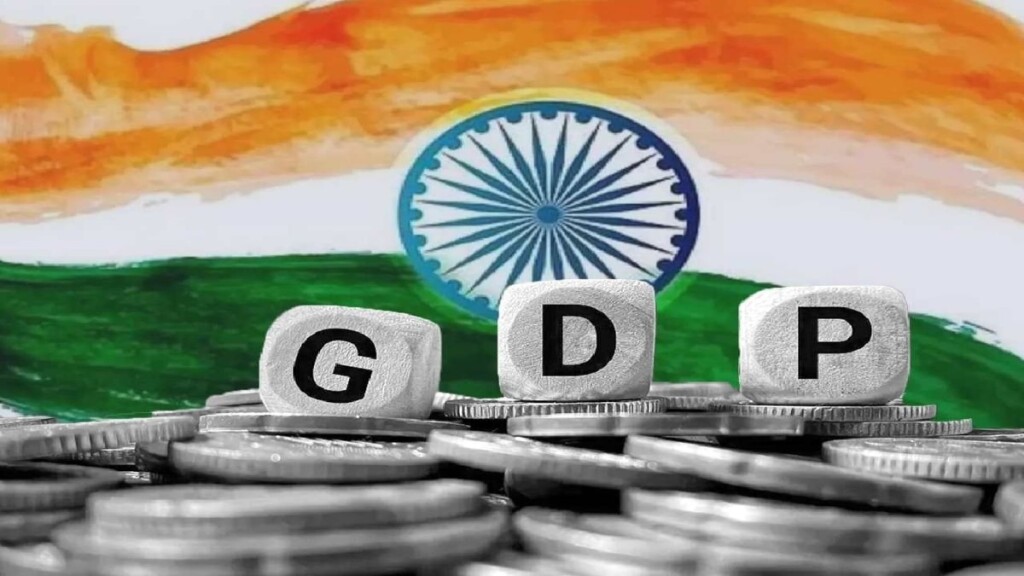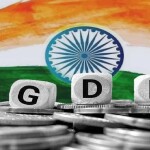Finance Minister Nirmala Sitharaman and Commerce Minister Piyush Goyal are strongly supporting the idea of lowering interest rates to help the economy. However, RBI Governor Shaktikanta Das is against this for now. He wants inflation to consistently stay low and reach the target of 4% before considering any rate cuts.
India's economy grew slower than expected in the second quarter of FY 2024-25, with GDP growth at 5.4%, much lower than the 8.1% growth in the same period last year.
The manufacturing sector grew slightly by 2.2%, while the mining and quarrying sector saw a small decline of 0.1%. Despite this, the overall economic activity (GVA) grew by 6.2% in the first half of the fiscal year (April to September).
Analysts had predicted GDP growth of 6.5% for the September quarter, but it was lower than expected, missing the central bank's 7% target and the previous quarter's 6.7%.
The RBI has kept its growth forecast at 7.2% for the current year, compared to 8.2% last year. However, private economists have lowered their predictions.
He emphasized that global political issues are still unstable and could affect inflation, supply chains, and money movement in the country. However, the good harvest of kharif crops and a promising rabi crop outlook are positive for farmers' income and rural demand. The Chief Economic Advisor also noted that the economy remains strong, supported by steady demand and growth in manufacturing and services.
India's growth dropped to 5.4% in July-September, a two-year low, mainly because of weak performance in manufacturing and mining.
He also pointed out the need to address challenges to investment growth and said there is still room to increase spending on infrastructure and other investments in the remaining months of the financial year.
In his presentation on GDP numbers, the Chief Economic Advisor (CEA) pointed out some risks to economic growth in the medium to long term. These include the limited ability of states to spend on infrastructure, slow growth in private sector investments, and challenges in the regulatory environment.
The government’s spending on infrastructure from April to October dropped by 14.7% compared to last year, according to official data.
Nageswaran mentioned that increasing workers' incomes is crucial for steady demand growth and investment in the private sector.
He also stressed the importance of reducing regulations at the state and local levels and improving hiring and pay policies to achieve goals for employment and manufacturing.
The Real Gross Value Added (GVA) for the first half of 2024-25 was ₹81.30 lakh crore, showing a 6.2% growth from ₹76.54 lakh crore in the same period of 2023-24.
Similarly, the Nominal GVA for H1 of 2024-25 was ₹139.78 lakh crore, which is an 8.9% increase from ₹128.31 lakh crore in H1 of 2023-24.
From April to September 2024 (H1 2024-25), the Real GDP, which is adjusted for inflation, was ₹87.74 lakh crore, showing a 6.0% growth compared to ₹82.77 lakh crore in the same period of 2023-24.
The Nominal GDP, which is not adjusted for inflation, for H1 2024-25 was ₹153.91 lakh crore, marking an 8.9% increase from ₹141.40 lakh crore in H1 2023-24.
In Q2 of 2024-25, the Real GVA was ₹40.58 lakh crore, up by 5.6% from ₹38.42 lakh crore in the same period of 2023-24.
The Nominal GVA for Q2 2024-25 was ₹69.54 lakh crore, which is an 8.1% increase from ₹64.35 lakh crore in Q2 2023-24.









